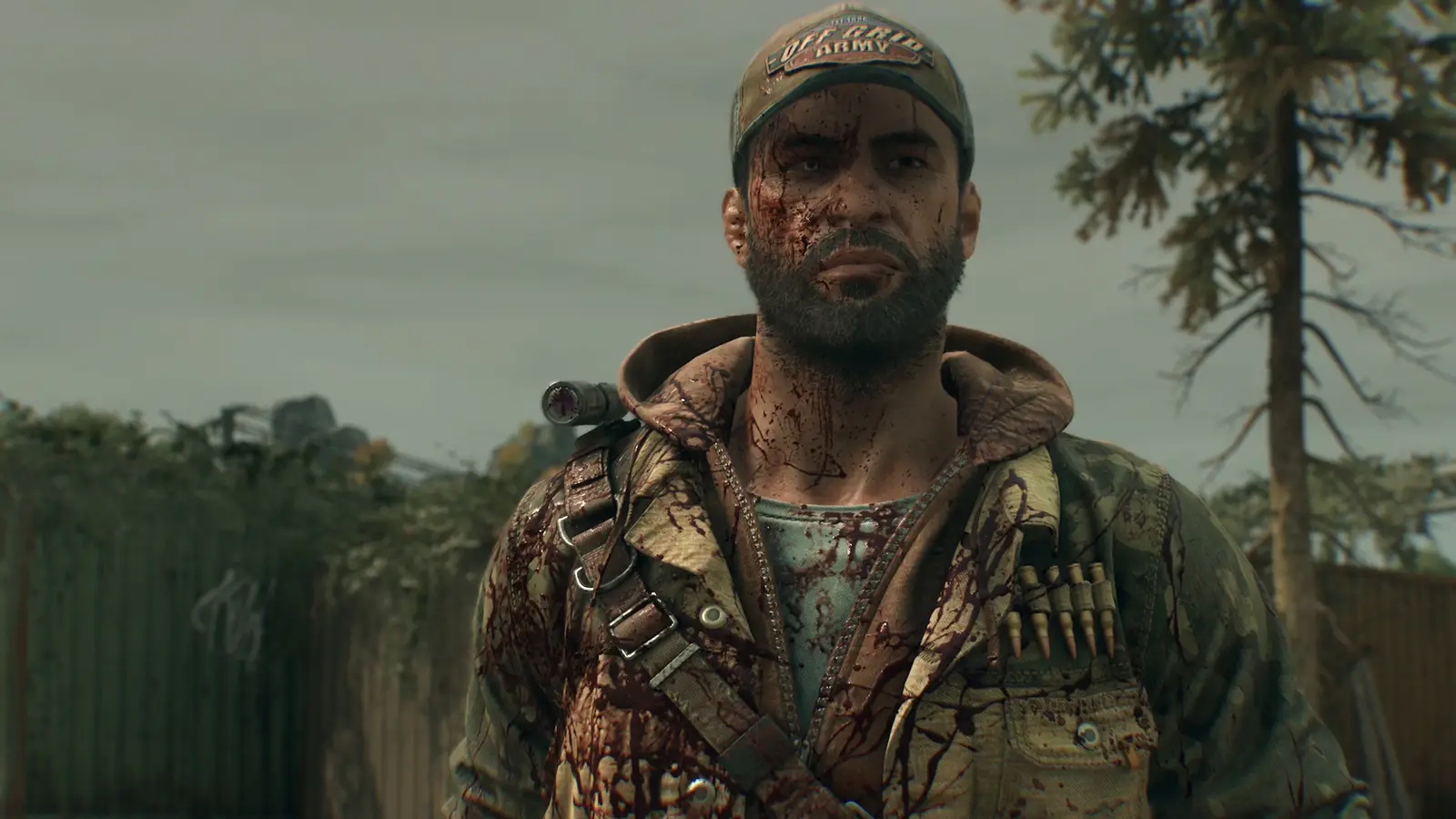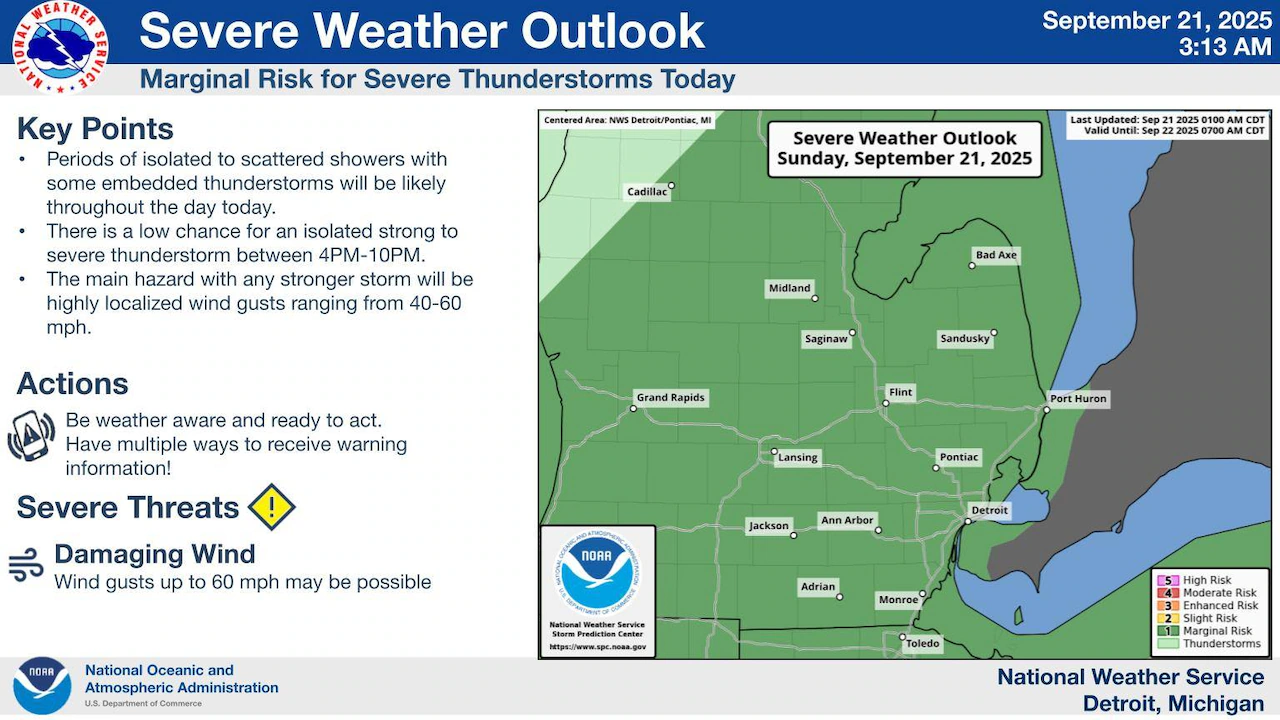
A decade ago, developer Techland founded one of the best and largest zombie action-RPG horror FPSs on the market with Dying Light, a title that steadily improved after updates. The franchise plots merge in Dying Light: The Beast, a DLC-turned-expandalone which is essentially a threequel, and one that returns series-fav Kyle Crane to the spotlight. Some unabashed structural padding aside, there’s little competition in Dying Light: The Beast’s action-gore corner.
With Techland’s track record of refining their releases over time, I do expect more content to fill out Dying Light eventually: The Beast’s somewhat costly $60 shell. It still feels larger than a standard DLC expansion, with 30 or so solid hours to the game as-is, not to mention the gravelly sweet tones of returning voice actor Roger Craig Smith.
A Living Half-Human, Half-Zombie Weapon
Revenge and Community Engagement: The Kyle Crane Story
I hesitate to paint Dying Light: The Beast as a game lacking in content, as it’s stacked with plenty of great parkouring and disgusting zombie combat. I do wish that it flowed a little faster, looked a little better, and packed in more new surprises. Which is to say: Dying Light: The Beast plays it safe, but the exact way it plays remains distinct, zesty, and, thankfully, shamelessly violent.
A blockbuster intro brings you up to speed, with Kyle kidnapped and tortured for years by The Baron, a scenery-chewing villain trying a bioweapon play to profit off of the global zombie pandemic. Escaping with the help of a mysterious research scientist named Olivia, Kyle resituates as ambitious errand boy hero among the new environs of Castor Woods, a European outpost overrun by infected and fought over by three key factions, some pesky bandits, and countless grabby undead.
The grand plot functions as a boss-hunt and revenge story, though I found the powered-up Chimera encounters simplistic and lackluster. Regardless, these games thrive on their kinetic combat and emergent immersive-sim-like carnage, and Dying Light: The Beast has these in spades. Lovers of busywork will enjoy the mix of outpost-clearing and climbing puzzles, while I adore the quests where Kyle rubs personalities with various oddball survivors, and there are some standouts here that should not be spoiled.
Contrary to popular sequel trends, Kyle does not start off Dying Light: The Beast from scratch. Clicking his portrait in the skill tree menu reveals a variety of agility tricks ported over from previous games, like the Tic Tac wall combo and rotate jump.
Note that newcomers to the franchise may feel left out by what’s underexplained in The Beast, like the UV lights, the nighttime hellscape, or the pre-baked skills carried over from the first Dying Light. The game’s tone remains equal parts sarcastic action-horror epic and tragic melodrama, a contrasting mix that works as mysteriously well in The Beast as it does elsewhere in the series, even when the plot twists and betrayals feel shouted from the zombie-strewn rooftops.
Gorily Emergent Gameplay Rules the Roost
Dying Light: The Beast Retains the Violent Parkouring Horror Gameplay Franchise Fans Love
Incidentally, those rooftops make for the best vantage points. Positioned above the shuffling hordes, peering out into the distance to pick out new places of interest, considering the dangers to avoid or engage, then stumbling to your death with a shriek because a zombie cuddled up close when you weren’t looking. Kyle Crane moves gracefully as ever in Dying Light: The Beast, and few games can match the series’ freerunning mechanics alone.
Fun and fretful microstories are constant, built around the game’s day/night danger cycle, the randomized special infected, the weapon destructibility, the stamina drain, and the omnipresent threat of player error. As for the trumpeted Beast Mode powered-up transformation, it’s fine, exciting the first few times, but a little simplistic mechanically, acting more as a last-gasp bulwark during boss fights and desperate situations.
The game map is divided into four general areas: an industrial zone, a quaint village, a national park, and Old Town. The latter is probably the most familiar and fun, a city reminiscent of its namesake in Warsaw, and leaving it leads to less interesting and often cumbersome traversal. There’s often a parked 4×4 truck you can find and drive between objectives, but you’re otherwise just sprinting long miles past fields and forests in a line, squandering hours in a game whose strongest mechanics flourish in city centers.
However, some interesting hotspots exist outside the city, like crumbled overgrown townhouses and villas in The Vale and a truly cursed mental hospital on an island. Pure forestry fares the worst, with trees appearing as visual noise that obscures enemies within, and caves and mountain walls seem like blurry blobs up close. When trees and rocks fare so poorly yet occupy a significant portion of the game’s real estate, it’s absolutely a problem.
New Tricks and Distant Checkpoints
Backtracking Woes and Bullets Aplenty Don’t Get In The Way of Dying Light: The Beast’s Core Gameplay
After Hollow Knight: Silksong, I’m concerned 2025 will be remembered as the Year of Heavy Backtracking, and I’d feel much more encouraged by Dying Light: The Beast if it didn’t contain quite so much of it. Certain quests end with an NPC insisting I return to base across the full map, only to have a few brief words for me when I arrive. The epitome of “this could have been an email” or a radio chirp.
I recognize how part of this is by design; in shunting the player across the land, Dying Light: The Beast affords more opportunities to search houses, or stumble into a randomly generated survivor encounter, or receive plot-relevant messages over comms. Regardless, holding down W in a truck or a wheat field for minutes at a time is a drag, and I question if this is where some players will put the game down.
For others, the RPG gear elements might be rewarding, but I mostly struggled with the impact of these systems. A glove can impart a higher armor score, 3% recoil reduction, and/or add 2% damage to melee, but I rarely felt these tiny differences. At least weapon upgrades continue to work effectively, along with craftable mods that fuel the various elemental effects the series is known for, with guns – and non-infected – playing a seemingly larger role here than in earlier titles.
Frequent combat against different zombie types continues to be excellent and engaging in Dying Light: The Beast. It’s all about spacing, judging the feasibility of a horde, singling out special infected variants in a mob to defend against, learning the length of a kick or the hitbox of an arrow. It’s all prettier, smoother, and probably more refined than other Dying Light games, and the sickening crunch of a baseball bat and the sloppy sounds of fallen viscera that follow become their own kind of music over time.
Dying Light: The Beast is Smaller in Scope but Big Where It Counts
Techland’s Latest Features Some Of The Best Zombie-Busting Gameplay You Can Buy
While I fully understand the choice to remove any fast travel to stimulate investment in The Beast’s reduced map size, I wouldn’t say that the game’s activities feel much richer as a result. Patient hounds should still be able to sniff out fun secret items and easter eggs, but scavenging containers feels much slower than in the past, and I’ve breathed a defeated sigh when staring at an unexplored room packed with furniture.
Co-op partners will find more fun non-canonical 4-player action, and chatting with a buddy softens the backtracking and widget collecting. This review primarily focuses on The Beast’s single-player content, but co-op with friends and strangers remains a solid draw, functioning as seamlessly (and often unexpectedly)as before.



